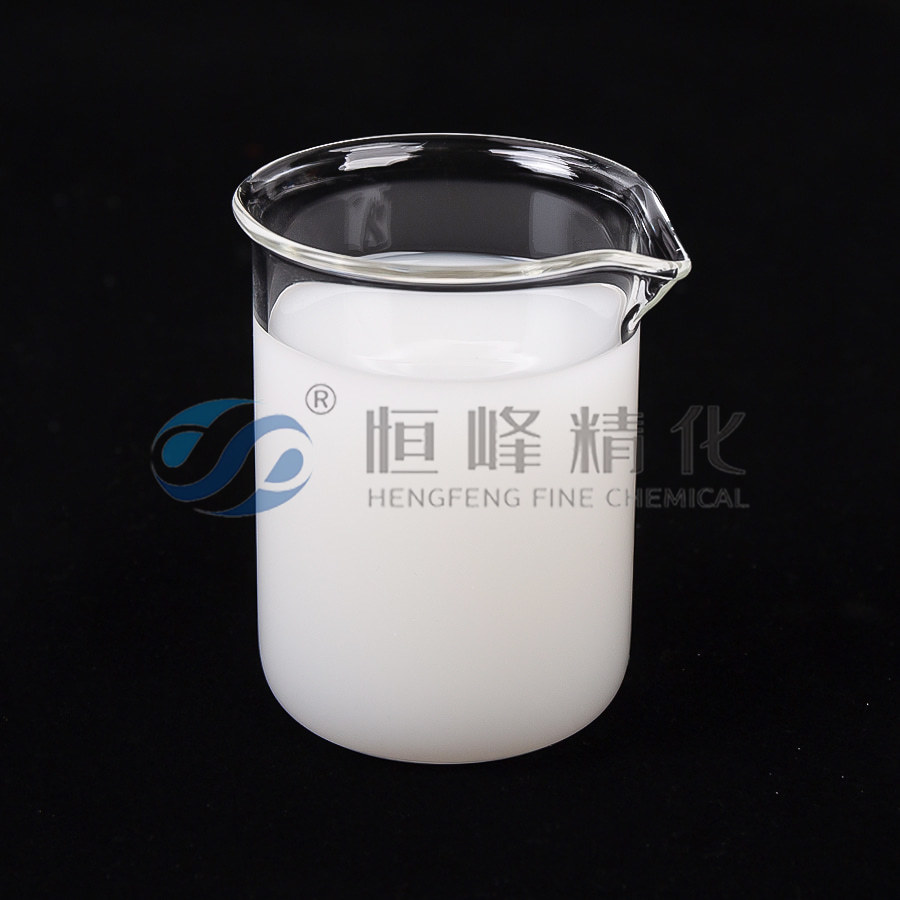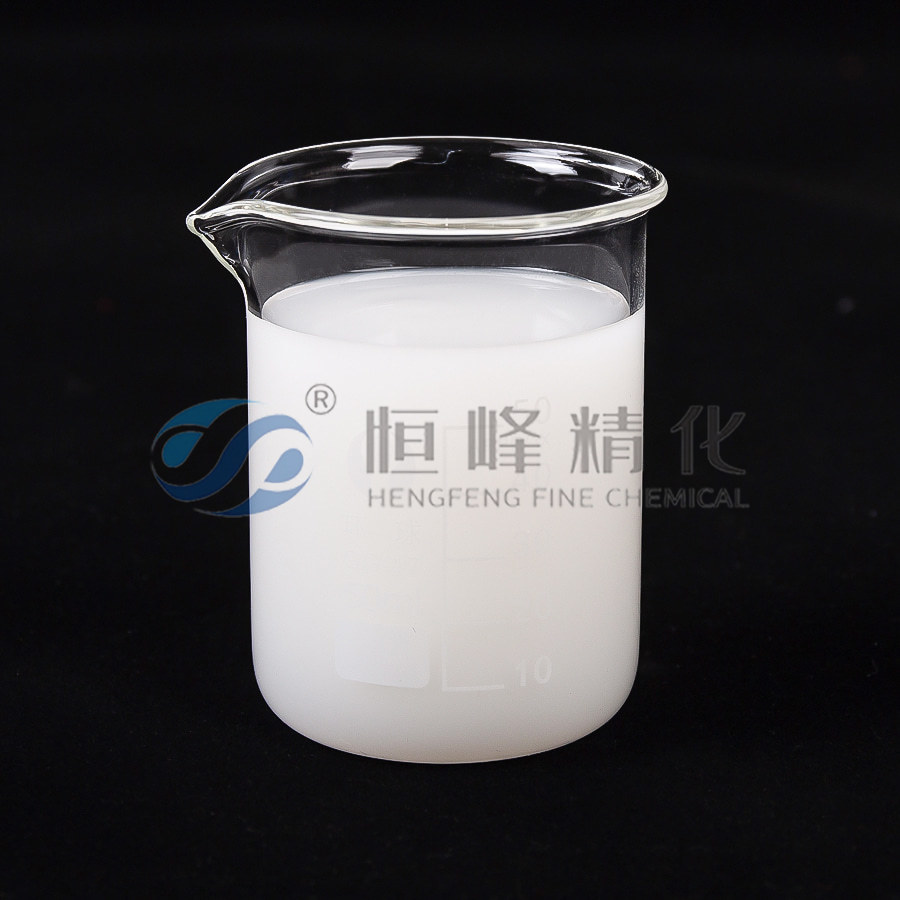Advantages of combining polyacrylamide (PAM) with polyaluminum chloride (PAC)
In the water treatment industry, polyacrylamide (PAM) and polyaluminum chloride (PAC) are two commonly used flocculants and coagulants. Each of them has unique functions, but in some industries, the effect of using PAC alone is often not ideal, so it needs to be combined with PAM to achieve the best effect.

In the wastewater treatment process of many industries, the use of PAC alone can only form smaller flocs. These flocs are not stable enough during the settling process and may be difficult to separate or settle slowly. After adding PAM, the volume of the floc becomes larger, the density increases, and the settling speed accelerates, thereby significantly improving the treatment efficiency. This combination is particularly suitable for treating sewage with high turbidity and difficulty in sedimentation, such as chemical wastewater, papermaking wastewater and municipal sewage.
Advantages of using together
Improve the flocculation effect: The coagulation effect of PAC and the flocculation effect of PAM complement each other and can form larger and denser flocs.
Cost savings: Combined use can reduce the dosage of chemicals and shorten the processing time, thus reducing the overall processing cost.
Wide application: This combination is suitable for a variety of water qualities, including high turbidity sewage and industrial wastewater containing large amounts of suspended solids


 English
English Español
Español عربى
عربى Русский
Русский Tiếng Việt
Tiếng Việt
















